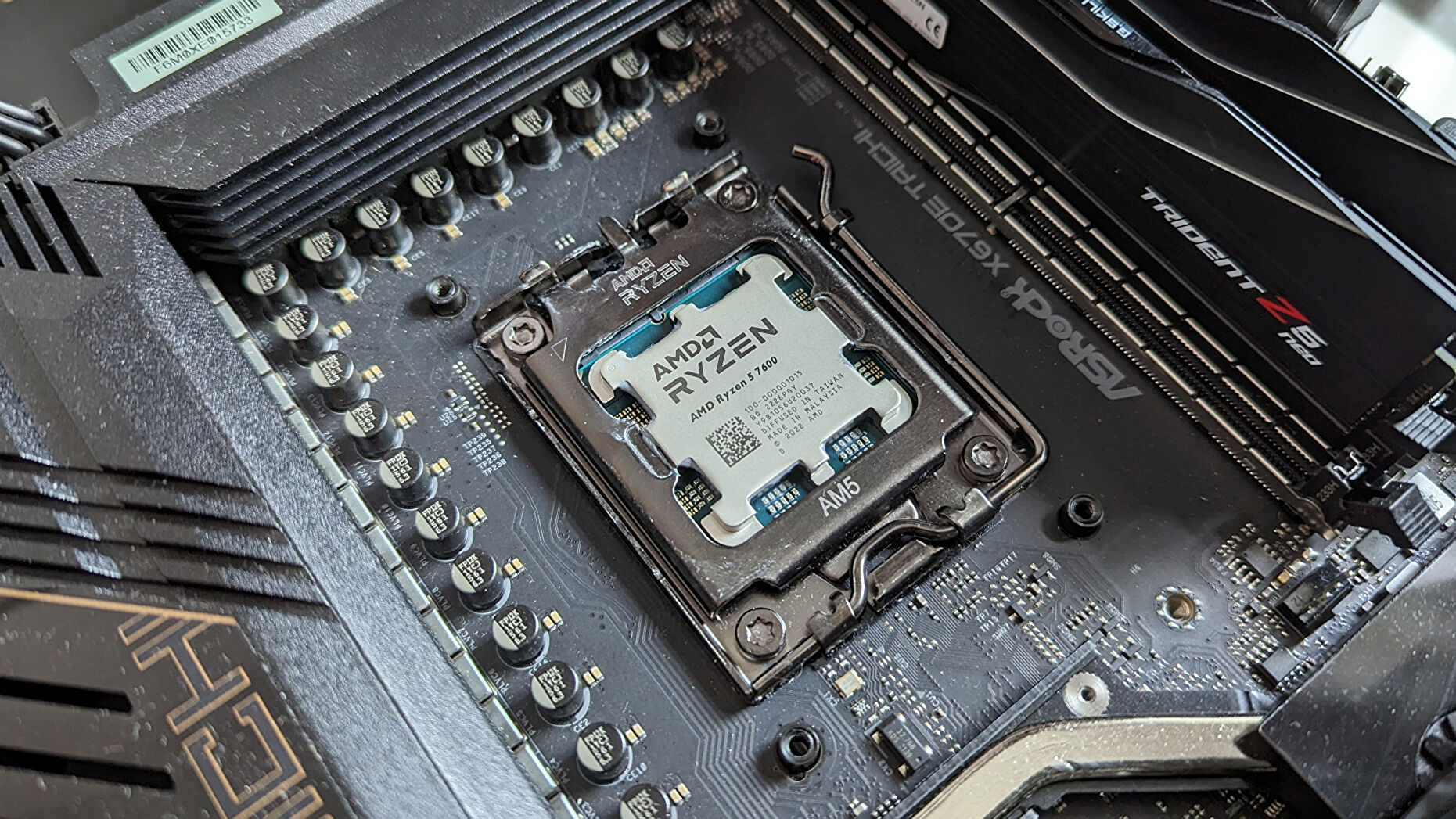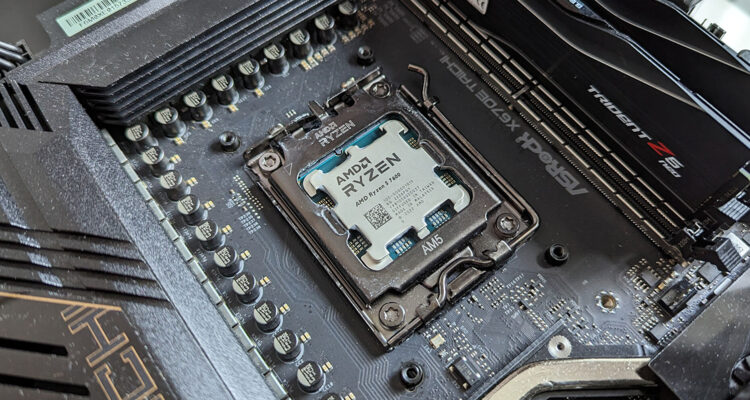
A few days ago, AMD announced a trio of cheaper Ryzen 7000 CPUs at its CES 2023 showcase, featuring more modest 65W TDPs, bundled air coolers and a release date of January 10th. One of these CPUs, the Ryzen 5 7600, has made it to DF HQ where we’ve put it through our full test suite of the most processor-intensive games. Is this a cheaper entry point to the Ryzen 7000 family with effectively zero compromises, a la the Ryzen 5 5600, or are there still some reasons that you’d consider the more expensive Ryzen 5 7600X?
After all, the Ryzen 7000 ‘X’ processors we’ve tested so far have demonstrated a larger than average gen-on-gen improvement, as a result of not only the new Zen 4 architecture, but also the switch to the AM5 socket, which can deliver more power – up to 230W. One of the reasons that the Ryzen 5600 is so strong compared to the Ryzen 5600X is that it operates at the same 65W TDP, with the same overclocking tools and Precision Boost 2 algorithm working to maximise performance. Here though, we’re dropping from a 105W TDP with the 7600X to a 65W TDP with the 7600 – so it makes sense to imagine a performance differential beyond what the 200MHz drop in boost clocks would suggest.
You can see that in the full spec table for Ryzen 7000 below. As a reminder, each of these Zen 4 designs benefits from a range of improvements over their Zen 3 counterparts, with a quoted 13 percent uptick to instructions-per-clock (IPC) and more internal improvements, like an improved execution engine and a better branch predictor. There’s also DDR5 and PCIe 5.0 support, with 5nm CCDs and a 6nm I/O die, alongside the new AM5 socket we mentioned earlier – which unlocks additional power and performance, but also requires a new motherboard and potentially new cooling too.





